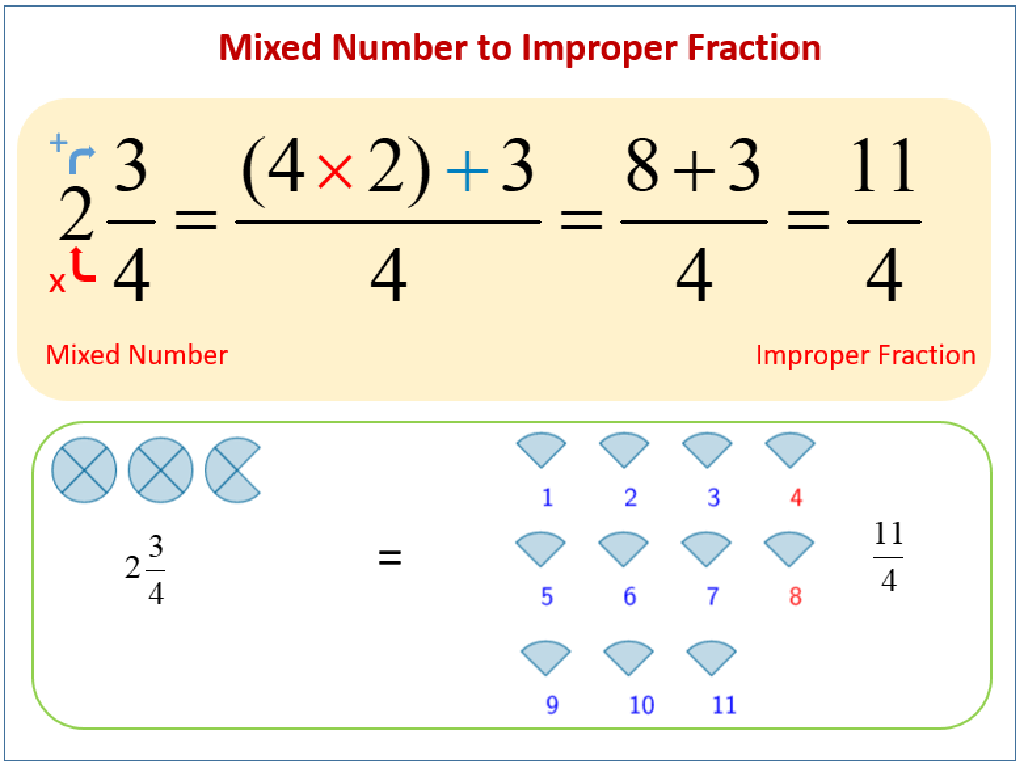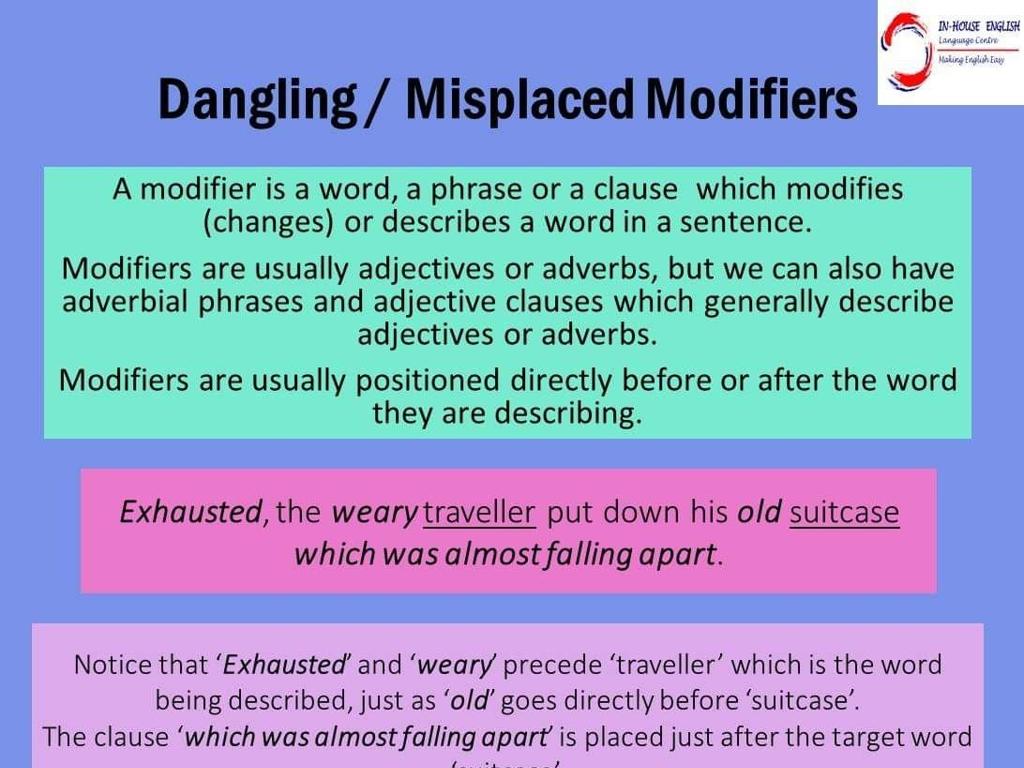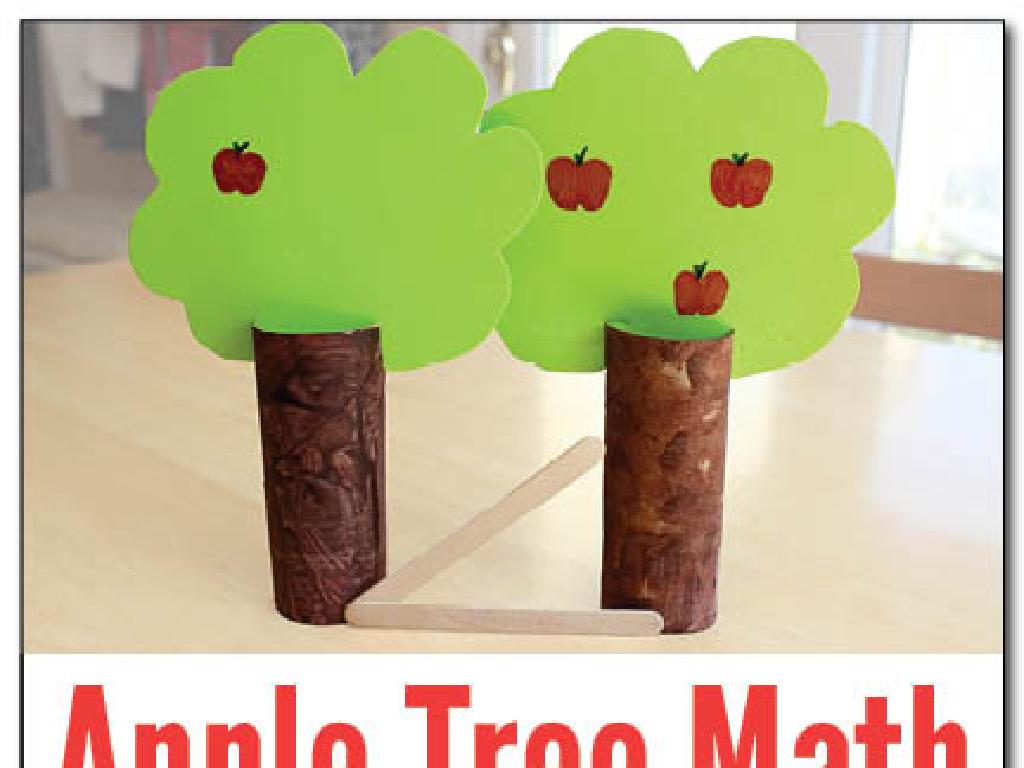Instruments Of The Orchestra
Subject: Arts and humanities
Grade: High school
Topic: Music
Please LOG IN to download the presentation. Access is available to registered users only.
View More Content
Welcome to the Orchestra!
– Overview of orchestra instruments
– Learn about strings, woodwinds, brass, and percussion families.
– Instrument groups and roles
– Each group has a unique sound and function in music.
– Symphony orchestra collaboration
– Musicians work together to create a unified sound.
– Experience the orchestral harmony
– Listen to a piece to feel the blend of different instruments.
|
This slide introduces students to the fascinating world of the symphony orchestra. Begin by explaining the four main families of instruments: strings, woodwinds, brass, and percussion. Discuss the characteristics of each group and their contribution to the overall sound of the orchestra. Emphasize the importance of collaboration among the different instrument groups to achieve the harmonious sound that defines a symphony orchestra. To give students a real sense of the music, play a recording of a symphonic piece and point out when different instrument groups are featured. Encourage students to attend a live orchestral performance to experience the music firsthand.
The String Family of the Orchestra
– Explore the violin, viola, cello, and double bass
– The violin and viola are held under the chin; the cello rests between the knees and the double bass stands or rests on the floor.
– Characteristics of string instruments
– Strings are made of gut, steel, or synthetic materials and produce sound through bowing or plucking.
– The role of strings in an orchestra
– String instruments are versatile and form the orchestra’s largest family, providing a wide range of tones.
– Listen to a string quartet performance
– A quartet typically includes two violins, one viola, and one cello, showcasing the harmony and range of strings.
|
This slide introduces students to the string family, which includes the violin, viola, cello, and double bass. Highlight the physical characteristics of each instrument and how they are played. Discuss the materials used for the strings and the sound production techniques. Explain the importance of string instruments in an orchestra, noting their versatility and the rich tapestry of sounds they produce. Conclude with an audio or video example of a string quartet performance to give students a real-world example of how these instruments harmonize together. Encourage students to pay attention to the distinct sounds each string instrument makes and how they complement each other.
Exploring the Woodwind Family
– Introduction to woodwind instruments
– Meet the flute, clarinet, oboe, and bassoon
– How woodwinds produce sound
– Vibrating air column creates sound
– Each woodwind’s unique timbre
– Timbre: flute’s brightness vs. oboe’s reedy quality
– Role in an orchestra
|
This slide introduces students to the woodwind family, highlighting the flute, clarinet, oboe, and bassoon. Explain that sound is produced in woodwinds by the vibration of an air column within the instrument, which can be manipulated by opening and closing the keys. Discuss the unique timbre of each instrument, such as the bright, clear sound of the flute compared to the full, reedy quality of the oboe. Emphasize the importance of each instrument’s distinctive sound in contributing to the overall texture of an orchestra. Provide audio examples of each instrument and encourage students to listen for the differences in timbre during a live or recorded orchestral performance.
The Brass Family in the Orchestra
– Introduction to brass instruments
– Trumpet, French horn, trombone, and tuba are key brass instruments.
– Brass roles in orchestral music
– Brass often provides power and grandeur in music.
– How brass instruments produce sound
– Sound is made by buzzing lips on a mouthpiece and using valves/slides.
– Exploring trumpet, horn, trombone, tuba
– Each has a unique tone and range, from the bright trumpet to the deep tuba.
|
This slide introduces the brass family, highlighting the trumpet, French horn, trombone, and tuba. Discuss the role of brass instruments in an orchestra, which often includes creating a powerful and majestic sound that supports the ensemble. Explain how sound is produced in brass instruments through lip vibrations on a mouthpiece and manipulation of pitch with valves or slides. Provide examples of each instrument’s unique sound and role, such as the trumpet’s bright, piercing melodies or the tuba’s deep, foundational bass lines. Encourage students to listen to orchestral pieces that feature brass sections to understand their impact on the overall sound.
The Percussion Family in the Orchestra
– Percussion as orchestra’s backbone
– They provide rhythm and dynamics, essential for orchestral harmony.
– Variety within percussion instruments
– Includes drums, cymbals, xylophones, triangles, and tambourines.
– Techniques for playing percussion
– Striking, shaking, and scraping produce unique percussion sounds.
– Sound production in percussion
– Sound varies by material, shape, and player’s technique.
|
This slide introduces the percussion family, highlighting its role in creating the rhythm and beat that form the backbone of the orchestra. Discuss the diversity of percussion instruments, from the booming timpani to the delicate chimes, and how each contributes to the overall sound. Explain the various playing techniques, such as striking with sticks or mallets, shaking, or using hands. Emphasize how the sound production in percussion instruments can vary based on the materials used (metal, wood, skin), the shape of the instrument, and the technique of the player. Provide examples like the sharp crash of cymbals or the resonant tone of a marimba to illustrate these points. Encourage students to listen to orchestral pieces that feature percussion prominently to gain a better understanding of their impact.
The Conductor: Orchestrating the Music
– The conductor as the orchestra’s leader
– Conductor’s roles and responsibilities
– Interprets the score, directs rehearsals, and unifies performers
– Conducting: Tempo and dynamics
– Manages the speed (tempo) and volume (dynamics) of pieces
– Expression in conducting
– Conveys emotion and character through gestures and cues
|
The conductor is pivotal in guiding the orchestra through rehearsals and performances, ensuring all musicians are synchronized and the musical vision of the piece is realized. They interpret the composer’s score, set the tempo, control the dynamics, and shape the expression of the music, often using only hand gestures and eye contact. The conductor’s role is both technical and artistic, requiring a deep understanding of the music and the ability to communicate effectively with the orchestra. Encourage students to observe different conducting styles and consider how a conductor’s choices can influence the performance of a piece.
Orchestral Layout and Collaboration
– Orchestra arrangement overview
– The orchestra is divided into sections based on instrument types.
– Seating’s impact on sound
– Proper seating affects volume balance and sound blending.
– Musicians’ collaboration
– Musicians work together to ensure timing and dynamics are unified.
– Communication’s role in harmony
– Visual cues and conductor’s guidance are vital for coordination.
|
This slide aims to explain the intricacies of an orchestral layout and the importance of collaboration among musicians. The arrangement of the orchestra is typically in sections such as strings, woodwinds, brass, and percussion, with each having a specific place that optimizes the overall sound. Seating positions are crucial for achieving the right balance and blend of the instruments. Collaboration among musicians is key to a successful performance, requiring them to listen to each other and play in sync. Communication, both verbal and non-verbal, is essential for maintaining harmony and responding to the conductor’s directions. Encourage students to think about how each musician’s role contributes to the collective sound of the orchestra.
Listening to the Orchestra
– Explore famous orchestral works
– Beethoven’s 5th Symphony, Tchaikovsky’s 1812 Overture
– Learn to identify instruments by sound
– Differentiate between strings, woodwinds, brass, and percussion
– Watch a live orchestra performance
– Observe musicians’ coordination and the conductor’s role
– Discuss the experience of live music
|
This slide aims to immerse students in the world of orchestral music. Start by introducing them to well-known pieces that have stood the test of time, such as Beethoven’s 5th Symphony and Tchaikovsky’s 1812 Overture. These works provide a rich tapestry of sounds for students to explore. Encourage them to identify the distinct sounds of various instruments. Following this, show a video of a live orchestra performance, highlighting the harmony between the musicians and the conductor’s guidance. Discuss with the students how a live performance differs from recorded music in terms of energy and atmosphere. This will enhance their appreciation for the complexity and beauty of orchestral music.
Class Activity: Create Your Own Orchestra
– Divide into instrument family groups
– Create a short piece with ‘instruments’
– Use real or makeshift classroom items
– Perform your piece for the class
– Discuss the orchestral experience
– Reflect on collaboration and sound blending
|
This activity is designed to give students a practical understanding of how different instrument families come together to create an orchestra. Divide the class into groups representing strings, woodwinds, brass, and percussion. Allow them to either use real instruments if available or find creative ways to produce sound using classroom items. Each group should work together to create a short musical piece that they will perform. After the performances, lead a discussion on the experience, focusing on the importance of teamwork, the challenges of blending different sounds, and the role of each instrument family in the overall performance. Possible variations of the activity could include assigning specific roles such as conductor or composer to certain students, or having groups mimic a famous orchestral piece.






